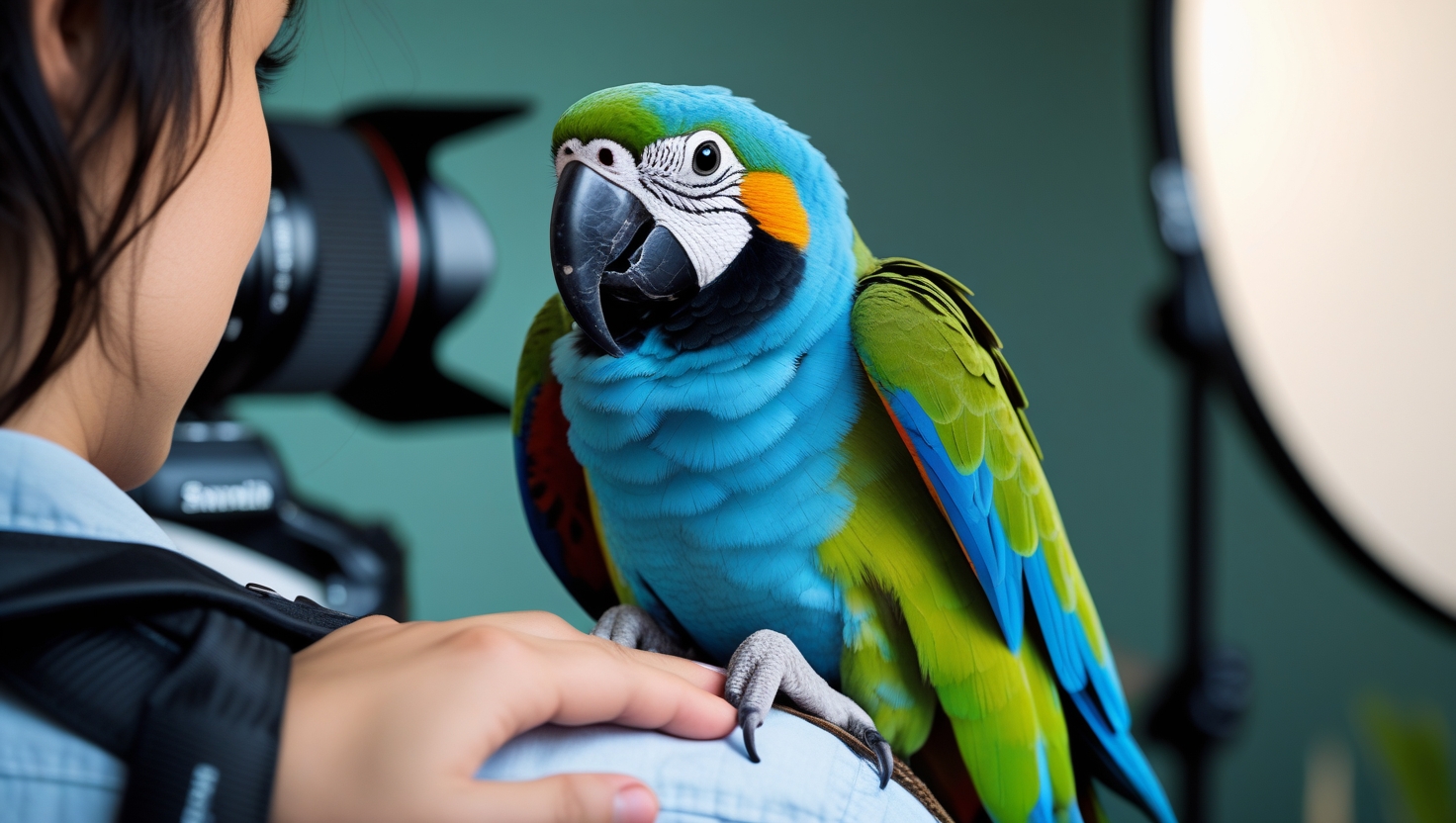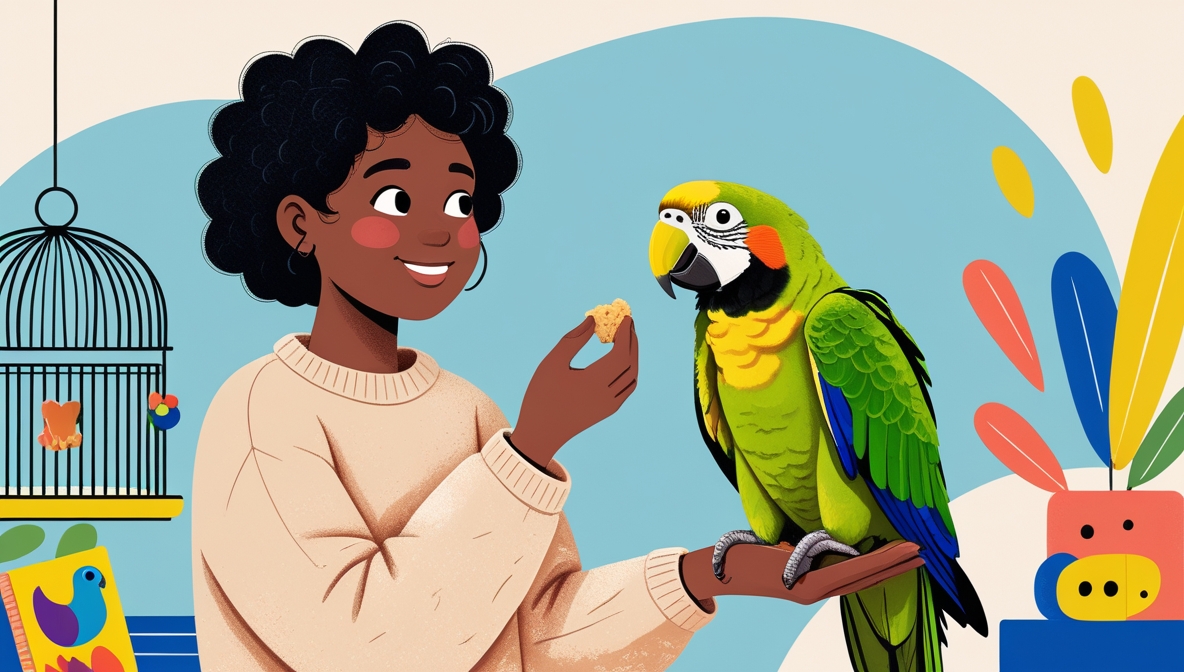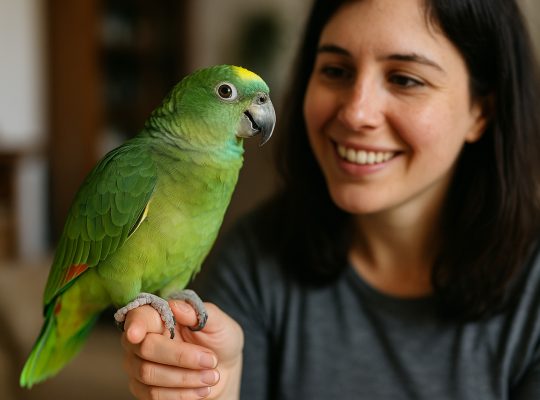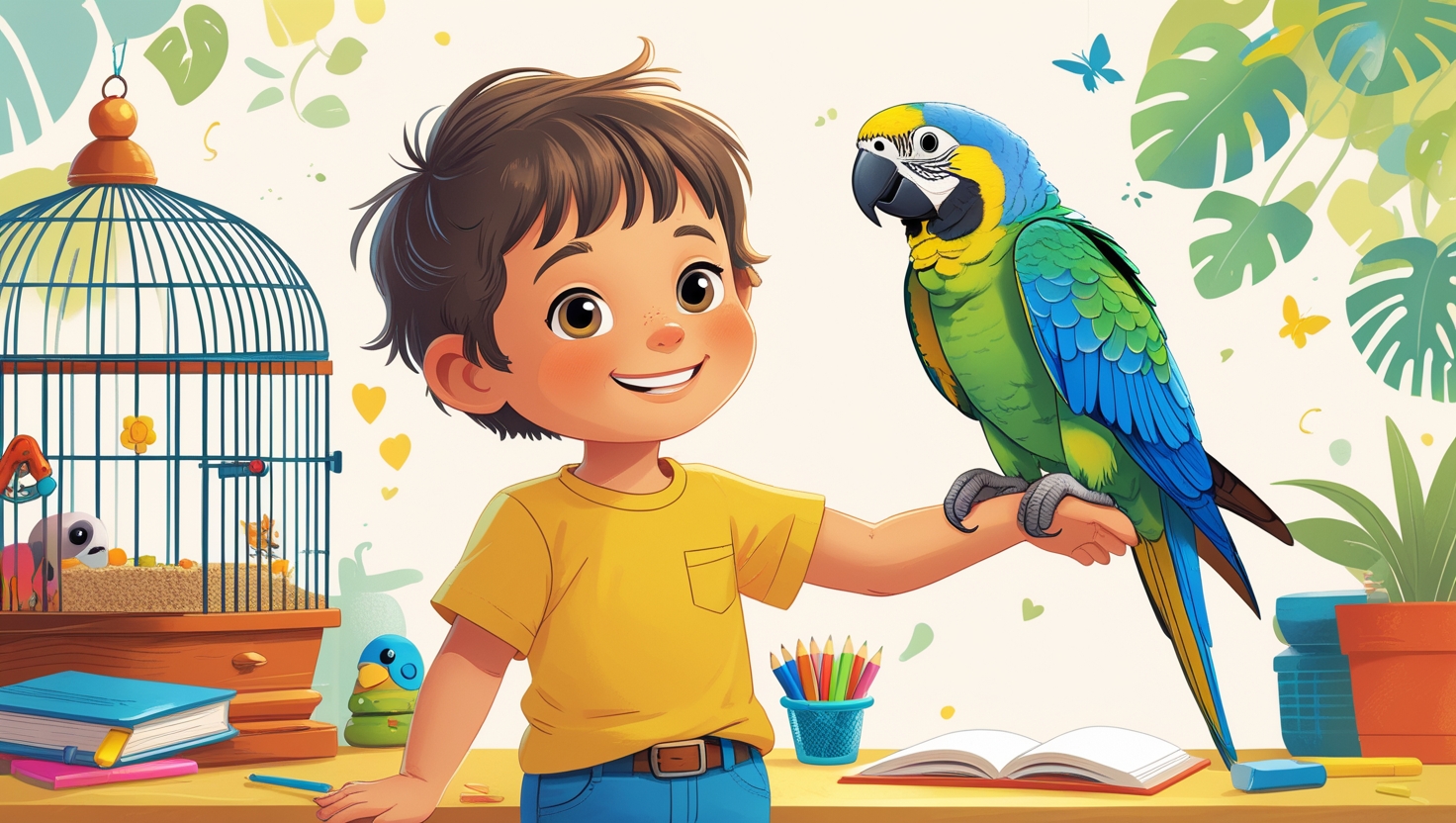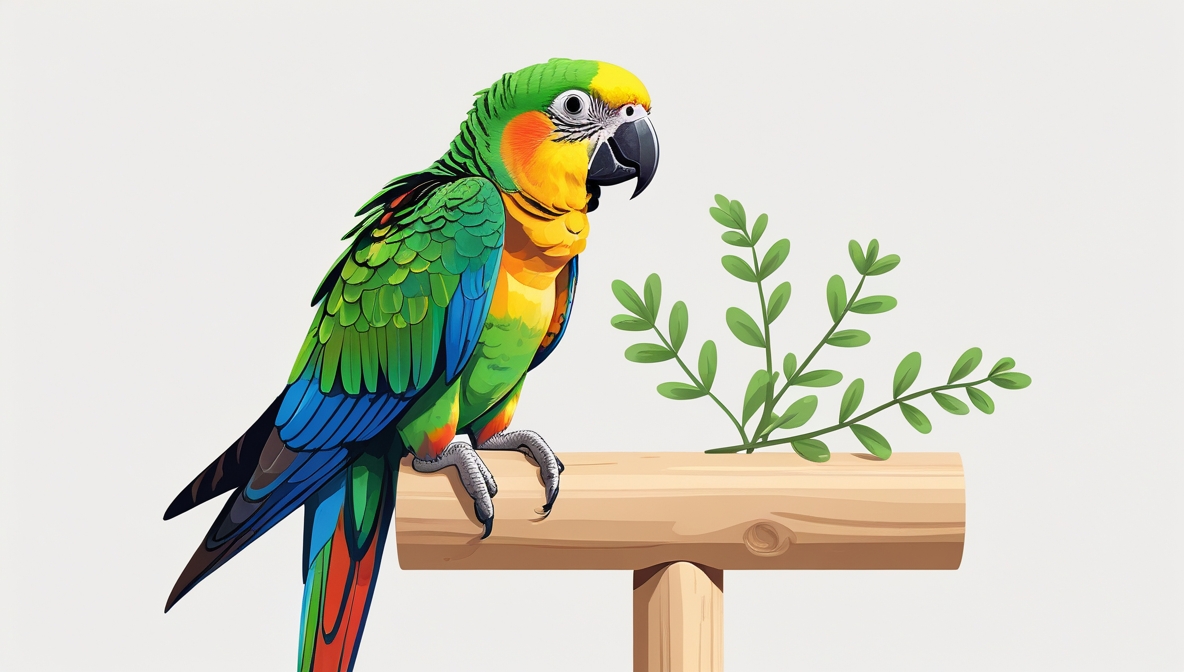Parrots are vibrant, expressive, and full of character, making them fantastic subjects for photography. Capturing high-quality images requires attention to lighting, angles, and composition to showcase their beauty and personality. Whether using a smartphone or a professional camera, the right techniques can make a significant difference in the final shot.
1. Optimize Natural Lighting
Lighting can make or break a photo. Parrots have intricate feather details that pop under the right light conditions.
- Use soft natural light from a window or an outdoor setting during early morning or late afternoon.
- Avoid harsh midday sun, which can create unwanted shadows and wash out feather details.
- If indoors, place your parrot near a light source but not directly under a lamp, as artificial lighting can cast unnatural hues.
2. Choose the Right Background
A cluttered background can distract from your parrot’s stunning colors. Keep it simple and complementary.
- Solid, neutral colors like white, gray, or pastels highlight bright feathers.
- Outdoor settings with greenery or a blue sky create a natural contrast.
- Avoid overly busy patterns or objects that compete for attention.
3. Use the Best Camera Settings
Adjusting settings ensures crisp and well-exposed photos.
- Shutter speed: Birds move fast; a speed of at least 1/500s prevents motion blur.
- Aperture: A lower f-stop (f/2.8 – f/5.6) keeps the parrot in sharp focus while softening the background.
- ISO: Keep it as low as possible for clarity but increase it in low light to avoid dark images.
- Burst mode: Helps capture sudden movements, ensuring at least one frame is perfect.
4. Capture Natural Expressions and Movements
Parrots are expressive. Patience is key to capturing their personality in action.
- Take photos when they are engaged, such as eating, playing, or talking.
- Use a treat or favorite toy to grab their attention and encourage interaction.
- Experiment with different angles to highlight unique expressions.
5. Experiment with Angles and Composition
A straight-on shot isn’t always the most dynamic. Try different perspectives for engaging results.
- Eye-level shots create an intimate and lifelike feel.
- Side profiles showcase feather texture and beak details.
- Overhead shots can highlight wing patterns when they stretch or flap.
- Rule of thirds: Place the parrot off-center for a more balanced composition.
6. Minimize Distractions
Avoid anything that takes attention away from the subject.
- Keep hands, cage bars, and unnecessary objects out of the frame.
- If the parrot is on a perch, ensure it blends well with the background.
- Use a shallow depth of field (low f-stop) to blur distractions while keeping the parrot sharp.
7. Use a Tripod or Stabilization Methods
Steady hands are essential for sharp images, especially in low light.
- A tripod or monopod keeps the camera still for detailed shots.
- If handheld, brace your arms against a surface for stability.
- Use image stabilization settings if available on your device.
8. Take Advantage of Editing Tools
Even the best shots benefit from minor post-processing.
- Adjust brightness, contrast, and sharpness to bring out feather details.
- Crop to improve composition and remove unnecessary elements.
- If using a smartphone, some photos may be saved in HEIC format, which might not be compatible with certain platforms. A HEIC converter can help switch files to JPG for easier sharing and editing.
9. Capture Action Shots
Parrots are playful and energetic, providing opportunities for dynamic images.
- Capture mid-flight movements for dramatic effect.
- Focus on eye contact, as expressive eyes add emotion to photos.
- Burst mode helps freeze fast-paced actions like jumping or preening.
10. Experiment with Colors and Lighting Effects
Enhancing a parrot’s natural vibrancy makes a striking difference.
- Soft shadows add depth and dimension.
- Warm lighting enhances red, orange, and yellow feathers.
- Cool tones make blues and greens stand out.
- If editing colors, keep adjustments natural to maintain authenticity.
11. Convert and Share Photos Easily
High-resolution photos sometimes require format changes for compatibility or printing.
- A JPG converter simplifies sharing across different devices.
- Save high-quality versions before resizing or compressing for social media.
- Organize images in folders by date or session for easier access.
12. Be Patient and Have Fun
Not every shot will be perfect, and that’s part of the process. The more time spent with a parrot, the better the chances of capturing natural, beautiful moments. Stay relaxed, experiment with different techniques, and enjoy the experience of creating stunning parrot portraits.
